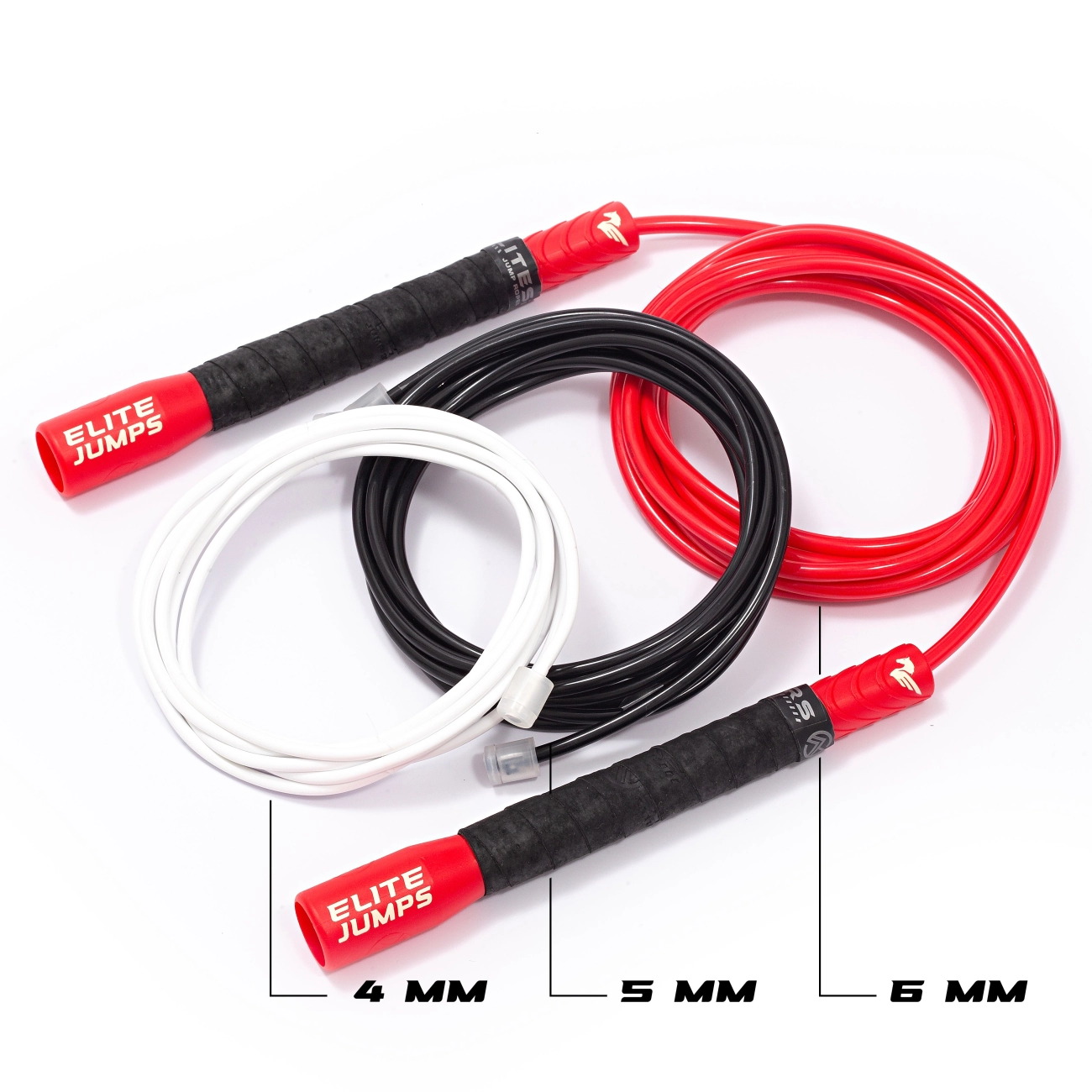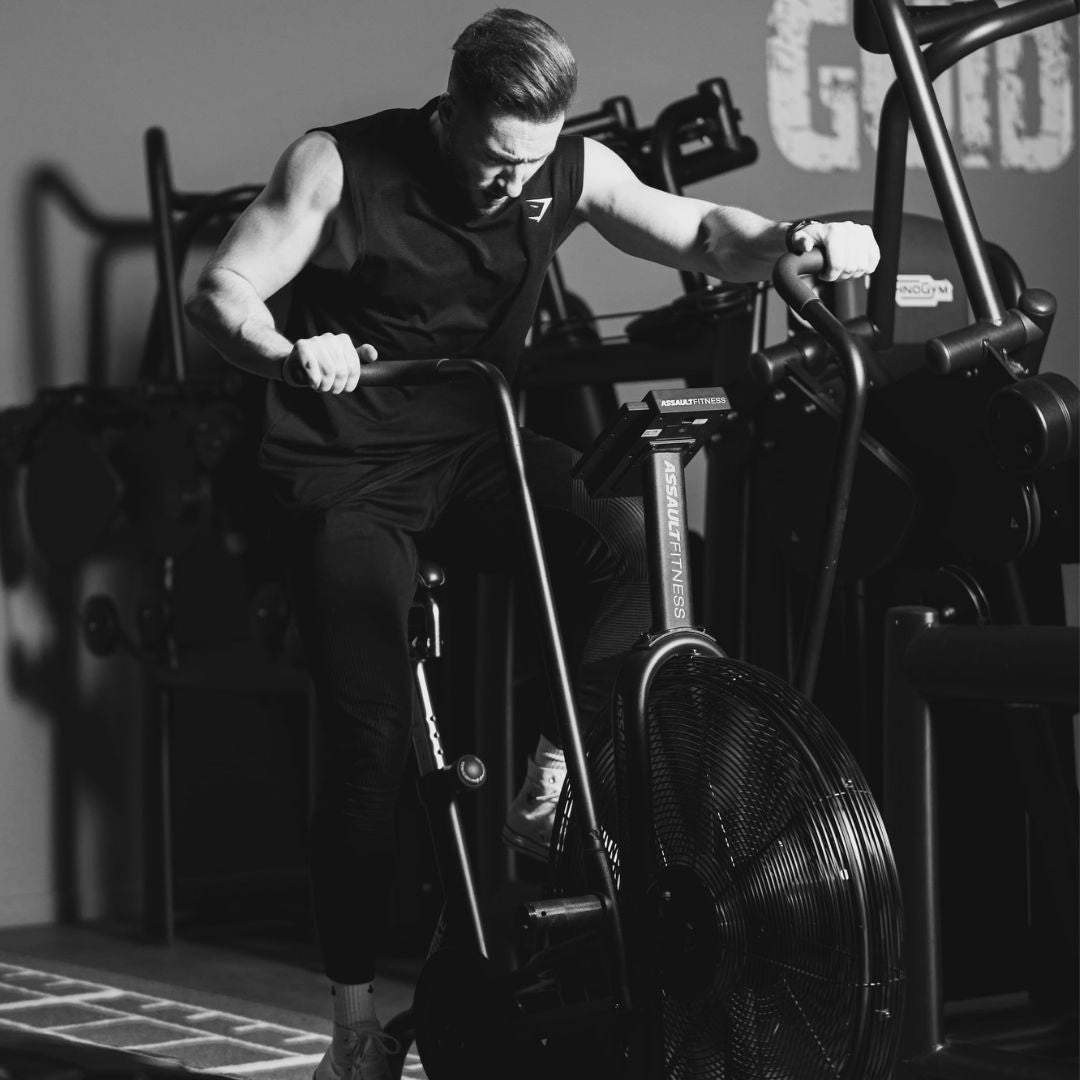What Is an Assault Bike Key Features and Uses
An assault bike is a specialized piece of cardio equipment designed for high-intensity workouts. Also known as an air bike, it features pedals and handles connected to a large fan wheel that generates resistance proportional to your effort. The harder you pedal and push, the more resistance you feel, making it ideal for variable intensity training.
Key Features of Assault Bike
- Dual-action design: Engages both upper and lower body with moving handlebars and pedals.
- Fan-based resistance: Self-adjusting, providing a smooth and consistent challenge.
- Digital monitor: Tracks time, calories burned, distance, and RPM.
- Sturdy frame: Built for durability and stability during intense sessions.
- Adjustable seat: Accommodates various user heights for comfort and proper form.
Typical Uses and Audience
The assault bike is a favorite in CrossFit gyms and HIIT (High-Intensity Interval Training) environments where short bursts of maximum effort are key. It suits athletes, fitness enthusiasts, and individuals focused on building cardiovascular endurance, power, and fat loss. Due to its demanding nature, it’s often part of intense training circuits but also works well for steady-state cardio.
Benefits of Assault Bike
- High calorie burn making it one of the best cardio workout equipment for fat loss.
- Full-body engagement—works legs, arms, and core simultaneously.
- Scalable intensity suitable for beginners and elite athletes.
- Low impact on joints compared to running or jumping activities.
- Time-efficient cardio, ideal for short, intense workouts.
Limitations to Consider
- Size and space—the bike requires dedicated space, which may be challenging for home setups.
- Cost—generally higher price point compared to simpler cardio tools.
- Noise—the fan can be loud, which may not suit all environments.
- Learning curve—while easy to use, maximizing performance requires practice with pacing and technique.
An assault bike offers unmatched cardio intensity and versatility for those who want efficient full-body workouts in a gym or a dedicated training space. Its benefits in calorie burn and muscle engagement make it a powerful tool but consider the investment and space before purchasing.
What Is a Jump Rope Durable PVC Jump Ropes for Performance

A jump rope is a simple, effective piece of cardio equipment that’s been around forever but still delivers. It’s a length of rope with handles on each end used for rhythmic jumping. PVC jump ropes are especially popular in the U.S. market because they’re durable, lightweight, and offer smooth rotation, making them ideal for fast-paced workouts and long-term use.
These jump ropes stand out for their performance and longevity—PVC material resists wear and tear, which is great if you’re hitting the pavement or indoors regularly. Many people also prefer the adjustable length feature most PVC jump ropes offer, making them easy to customize for all heights. This makes PVC ropes a smart choice whether you’re a beginner or seasoned athlete.
Typical Uses and Audience Home Workouts and Portable Cardio
Jump ropes fit perfectly into home workouts and portable cardio fitness routines. They’re a go-to for anyone who needs a compact, no-fuss option to work on endurance, coordination, and fat burning without bulky equipment. Because jump ropes are small and light, you can toss one in a gym bag or keep it at your desk for quick cardio bursts during breaks.
They’re extremely popular for:
- At-home users with limited space
- Travelers looking for cardio on the go
- HIIT workout fans wanting quick, intense cardio intervals
- Anyone wanting an affordable cardio workout tool
Benefits and Limitations of Jump Rope for Cardio
Jump ropes offer several key benefits:
- High calorie burn in short periods, great for fat loss
- Improves coordination, balance, and footwork
- Engages upper and lower body muscles for a full-body workout
- Minimal space needed—works in tight spaces
- Very affordable compared to machines like assault bikes
But there are some limitations:
- Can have a steeper learning curve for beginners
- Impact on joints can be a concern for those with knee or ankle issues
- Limited workout variety unless combined with other exercises
- Requires enough overhead clearance and a flat surface
a PVC jump rope is an excellent, portable cardio workout tool that works especially well for quick fat-burning sessions and improving overall fitness without taking up space or breaking the bank. It’s a solid choice for those who want a versatile, cost-effective way to boost cardio and get a full-body move in anywhere.
Comparative Analysis Assault Bike vs Jump Rope
When deciding between an assault bike vs jump rope for your cardio workouts, it helps to break down their strengths and weaknesses across several important factors.
Cardiovascular Effectiveness
Both the assault bike and jump rope are excellent for cardio training but work a bit differently.
- The assault bike provides intense, steady-state or interval cardio with a low impact feel, making it great for building endurance and sustaining high heart rates, especially in HIIT or CrossFit settings.
- The jump rope delivers a fast-paced, rhythmic cardio workout, rapidly elevating your heart rate. It’s excellent for improving coordination and agility while offering strong cardiovascular conditioning in a portable form.
Calorie Burn and Fat Loss Potential
When it comes to calorie burn and fat loss, both tools pack a punch but vary based on intensity and duration.
- The assault bike tends to burn more calories per session thanks to full-body resistance and sustained work, often cited in fitness communities for high-fat loss benefits.
- Jump rope workouts can torch calories quickly, especially with HIIT-style jump rope routines, and are perfect for short, intense sessions. However, the overall calorie burn might be lower if workouts are brief or less intense.
Muscle Engagement and Full Body Workout
The assault bike emphasizes both upper and lower body muscles—you push with legs and pull with arms—making it more of a full-body workout. It’s especially good if you want to build endurance while engaging multiple muscle groups.
Jump roping primarily targets lower body muscles (calves, quads) but also challenges your shoulders, arms, and core for coordination and endurance. It tends to be less resistant but effective for toning and endurance.
Space and Portability
This is where the two really differ:
- Assault bikes are bulky and require dedicated space, typically suited for gyms or home workout rooms. You can’t really move them around easily.
- Jump ropes are extremely portable and space-friendly, ideal for small apartments, travel, or outdoor workouts. They fit easily in a bag and take minimal space.
Cost and Maintenance
Looking at price and upkeep:
- Assault bikes are more expensive upfront and require some maintenance (lubrication, parts replacement). They’re a solid investment if you want long-term, durable cardio gear.
- Jump ropes are affordable, low-maintenance, and easy to replace if worn out. If budget is tight or you want something simple, jump ropes win here.
Ease of Use and Learning Curve
- The assault bike is simple to use—sit, pedal, and push/pull the handles. Beginners can start right away without much technique.
- Jump roping requires coordination and timing, so there’s a learning curve, especially mastering double-unders or rhythm. However, basic jumps are easy to pick up quickly.
Workout Variety and Flexibility
- Assault bikes let you adjust resistance and speed, perfect for varied HIIT sessions or steady rides. You can track progress easily on monitor screens.
- Jump ropes offer endless workout variations—sprints, double-unders, criss-cross, intervals, or combo moves—making them great for creative, fun, and flexible routines.
Impact on Joints and Injury Risk
- Assault bikes provide a low-impact workout which is kinder to knees and joints, great for injury-prone users or rehab.
- Jump roping, while effective, is a high-impact exercise that can strain joints if done excessively or on hard surfaces. Proper footwear and surface choice are key to staying safe.
the assault bike shines in full-body, low-impact, high-calorie burn workouts ideal for serious HIIT and endurance training, while the jump rope offers affordable, portable, and flexible cardio with a bit more skill and impact on joints. Your choice depends largely on your fitness goals, space, and how you prefer to train.
Which One Should You Choose Assault Bike vs Jump Rope

Picking between an assault bike and a jump rope really comes down to your specific fitness goals, lifestyle needs, and budget. Both are solid cardio options, but they serve different purposes depending on what you want to achieve.
Aligning with Your Fitness Goals
-
Endurance and HIIT Training
The assault bike thrives in HIIT workouts and building cardio endurance. It offers intense resistance and a full-body burn, which is ideal if you’re training for CrossFit, competitive fitness, or want a tough, short workout that pushes your limits.
Meanwhile, the jump rope is excellent for fat loss and improving coordination. It’s great for steady-state cardio or HIIT if you mix up your pace, and it also targets the upper body, legs, and core with less impact. -
Fat Loss Potential
Both options burn a lot of calories, but the assault bike can generate rapid calorie burn with resistance, making it great for faster results. The jump rope also supports fat loss, especially with longer sessions, but it burns slightly fewer calories per minute compared to the bike.
Budget Considerations
- The jump rope wins for affordability. A quality PVC jump rope is inexpensive and requires almost no maintenance.
- The assault bike is a bigger investment upfront, costing several hundred dollars, plus it requires space and occasional upkeep.
Space and Portability Needs
- For those with limited space or who want portable cardio workouts, the jump rope is unbeatable. It’s lightweight, folds up, and you can take it anywhere—from your home to the park or traveling.
- The assault bike needs a dedicated spot in your home or gym, and it’s not portable.
Skill Level and Personal Preferences
- The jump rope has a learning curve and demands rhythm, timing, and coordination. It can be frustrating at first but rewarding once you get past that.
- The assault bike is more user-friendly. You just hop on and start pedaling—the resistance adjusts with your effort, so anyone can use it without special skills.
Choose an Assault Bike if you want:
- Structured HIIT workouts with high calorie burn
- A full-body cardio and strength workout
- A gym-like experience at home and don’t mind the cost or space
Choose a Jump Rope if you want:
- A budget-friendly cardio tool for fat loss and endurance
- Portable workouts you can do anywhere
- To improve coordination and agility with a fun, flexible routine
Ultimately, your choice depends on what fits your lifestyle and fitness priorities best. Both are effective—just pick the one you’ll use consistently.
Tips for Maximizing Your Workout with a Jump Rope
Jump rope is one of the most effective and affordable cardio exercises you can do anywhere. To get the most out of your jump rope routine, here’s how to choose the right rope, some workout examples, and ways to combine jump rope into your training sessions.
How to Choose the Right PVC Jump Rope
Picking the right PVC jump rope from PVCJumpRope.com is important for durability and performance. Here’s what to keep in mind:
- Length: Make sure to measure your height and follow guidelines on how to measure jump rope length to avoid tripping or strain. A correctly sized rope lets you jump smoothly.
- Material: PVC ropes offer the best mix of durability and speed for HIIT or endurance sessions. They’re lightweight and won’t tangle easily.
- Handles: Look for ergonomic handles that feel comfortable and provide a good grip during intense workouts.
- Weight: Lighter ropes are great for speed and coordination drills; slightly heavier ropes help build strength and increase calorie burn.
Explore the full selection of jump ropes designed for every skill level at PVCJumpRope.com.
Basic and Advanced Jump Rope Workouts
Whether you’re just starting or want to challenge yourself, these workout examples cover the range:
Basic Workouts for Beginners:
- Jump at a steady pace for 30 seconds, rest 30 seconds — repeat 5 times.
- Try single jumps for muscle memory and rhythm before adding in speed.
- Incorporate side-to-side and alternate foot jumps to build coordination.
Advanced Workouts:
- HIIT-style intervals: 40 seconds fast jump rope, 20 seconds rest, repeat 8-10 rounds.
- Mix in tricks such as crossover jumps or double unders to increase intensity and upper body engagement.
- Use higher speed ropes from PVCJumpRope.com for effective calorie burn and fat loss training.
Combo Workouts Incorporating Jump Rope
Jump rope pairs well with other exercises to give you a full-body workout while keeping cardio high. Here’s how you can combine jump rope with strength and conditioning moves:
- Jump Rope + Bodyweight Circuit: Jump rope for 1 minute, then follow with 15 push-ups, 20 squats, and 10 burpees. Repeat 3-4 rounds.
- HIIT Jump Rope Sessions: Alternate 1 minute of jump rope with 30 seconds of kettlebell swings or dumbbell snatches.
- Jump Rope Warm-up: Use a steady jump rope for 5 minutes to raise your heart rate before heavier lifting or CrossFit-style training.
These combos increase calorie burn, enhance muscle engagement, and improve coordination.
Pro Tips to Stay on Track
- Always start with a warm-up to reduce injury risk.
- Wear supportive shoes to absorb impact and protect your joints.
- Track your progress with rounds, time, or calories burned to stay motivated.
- Check out more expert jump rope tips and routines at PVCJumpRope.com.
Jump rope isn’t just portable cardio; when done right, it’s a powerful tool to take your fitness goals to the next level.



